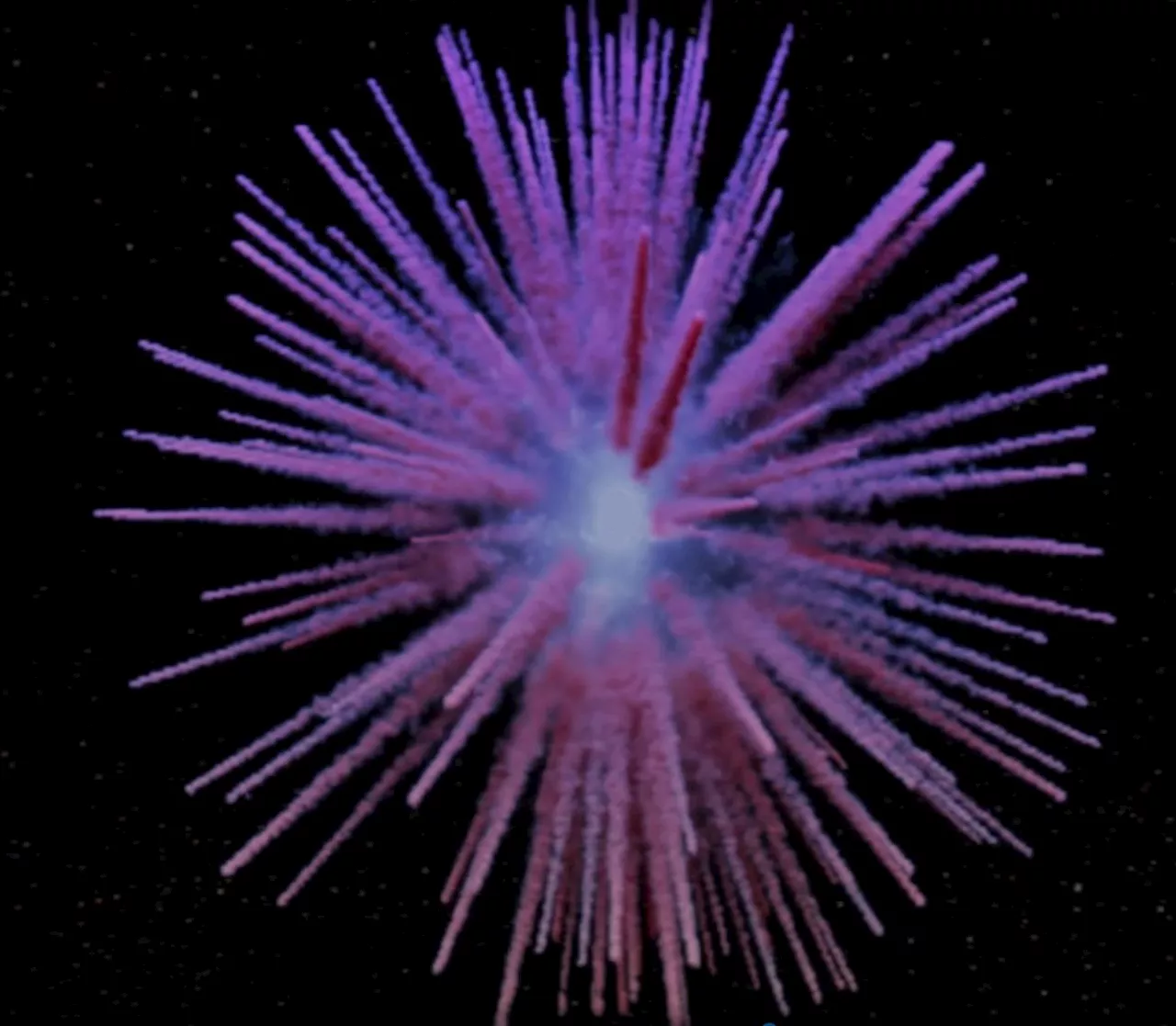There's more convincing evidence that SN 1181 was a rare Type 1ax supernova. It left a strange zombie star behind.
An artist’s concept of a supernova remnant called Pa 30—the leftover remains of a supernova explosion that was witnessed from Earth in the year 1181. Unusual filaments of sulfur protrude beyond a dusty shell of ejected material. The remains of the original star that exploded, now a hot inflated star which may cool to become a white dwarf, are seen at the center of the remnant. The Keck Cosmic Web Imager at the W.M.
SN 1181 is unusual. When supernovae explode, there’s usually only a black hole or a neutron star left as a remnant. But SN 1181 left part of a white dwarf behind, an intriguing object astronomers like to call a zombie star. Strange filaments resembling dandelion petals extend from this strange star, adding to the object’s mystery.
KCIS is a powerful spectrograph that can capture spectral information for each pixel in an image. It can also measure the redshift and blueshift of objects it observes, meaning it can determine their velocity and direction of movement. The researchers were able to show that material in the filaments travelled ballistically at approximately 1,000 kilometres per second.
Pa 30 has some unusual features. It’s unusually asymmetrical, while most SN remnants are more spherical. Its filamentary structure displays significant variation in ejecta distribution along the line of sight. Some filaments are more prominent than others and extend further, creating an irregular and lopsided appearance. Some parts of the nebula are travelling at different speeds and in different directions. Elements in the nebula are also distributed unevenly.
United States Latest News, United States Headlines
Similar News:You can also read news stories similar to this one that we have collected from other news sources.
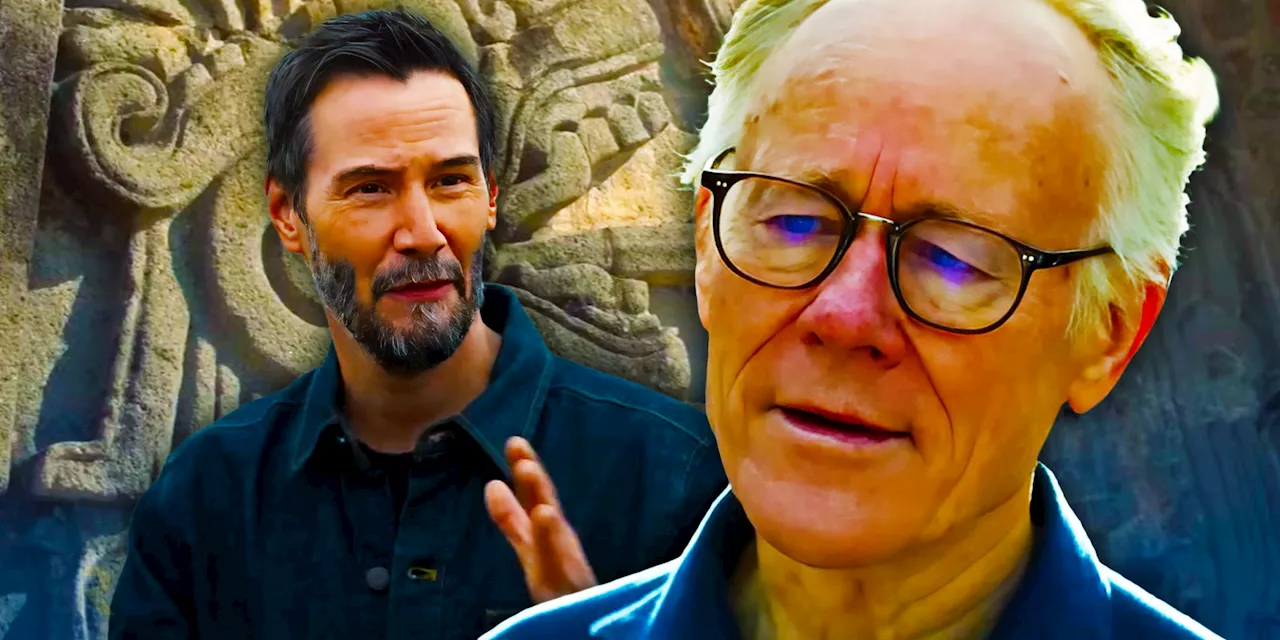 Ancient Apocalypse - The Americas Controversy ExplainedKeanu Reeves in Ancient Apocalypse to the left and Graham Hancock in Ancient Apocalypse to the right in a combined image in front of ancient architecture
Ancient Apocalypse - The Americas Controversy ExplainedKeanu Reeves in Ancient Apocalypse to the left and Graham Hancock in Ancient Apocalypse to the right in a combined image in front of ancient architecture
Read more »
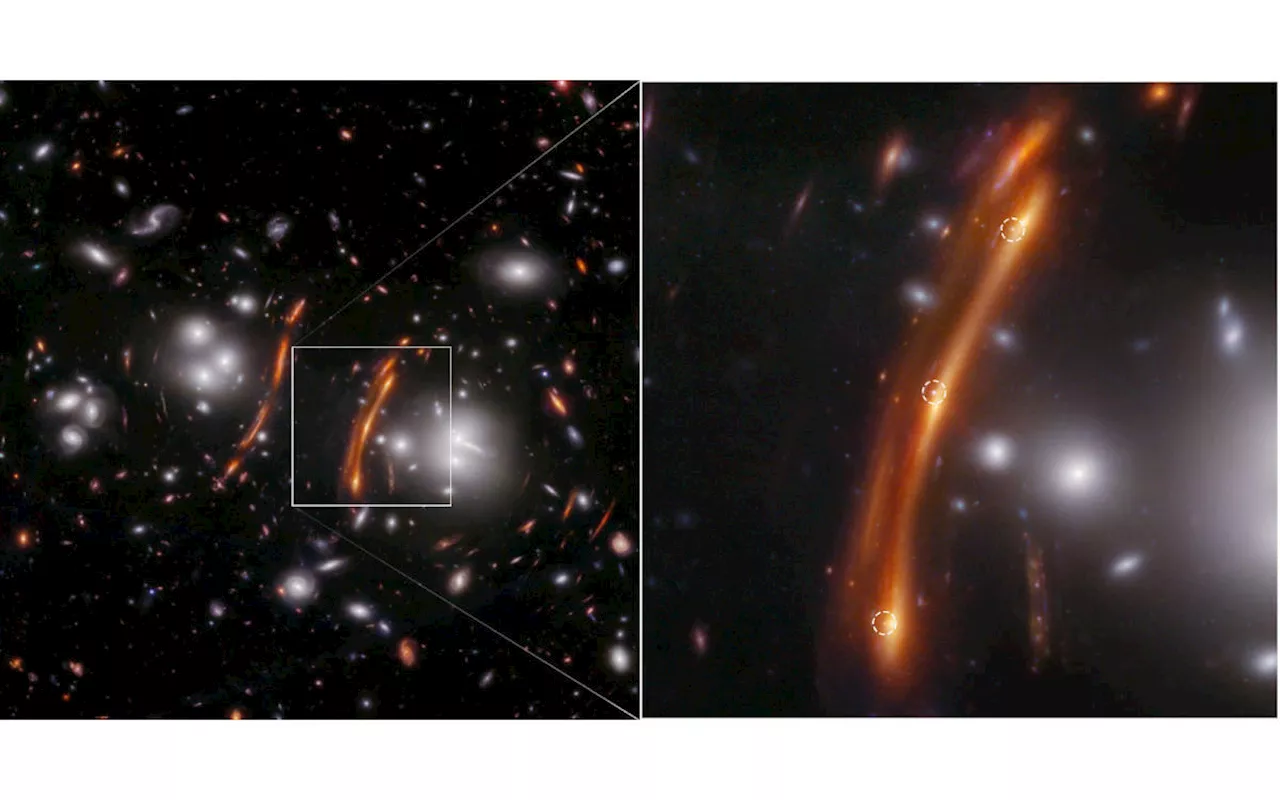 NASA's latest supernova image could tell us how fast the universe is expandingMariella Moon has been a night editor for Engadget since 2013, covering everything from consumer technology and video games to strange little robots that could operate on the human body from the inside one day. She has a special affinity for space, its technologies and its mysteries, though, and has interviewed astronauts for Engadget.
NASA's latest supernova image could tell us how fast the universe is expandingMariella Moon has been a night editor for Engadget since 2013, covering everything from consumer technology and video games to strange little robots that could operate on the human body from the inside one day. She has a special affinity for space, its technologies and its mysteries, though, and has interviewed astronauts for Engadget.
Read more »
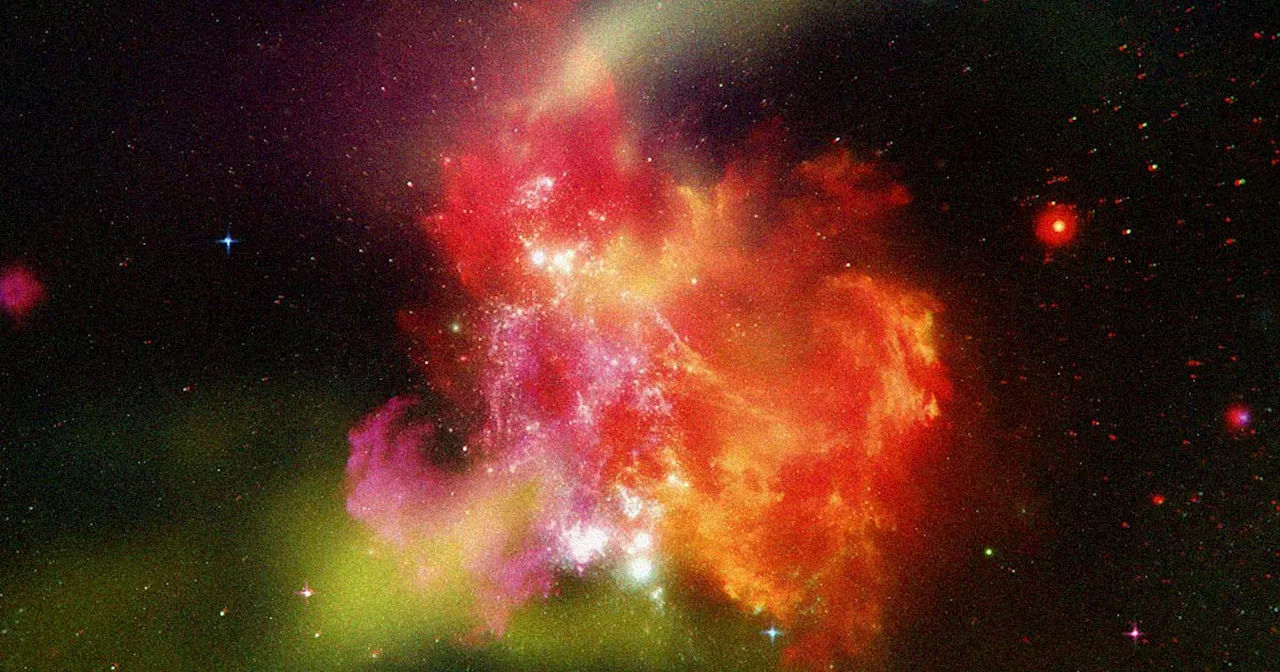 There’s Something Seriously Weird About This SupernovaScience and Technology News and Videos
There’s Something Seriously Weird About This SupernovaScience and Technology News and Videos
Read more »
 Webb Telescope Captures Supernova Appearing Three Times Due to Spacetime BendingA gravitational lens tripled the event in the night sky and helped astronomers measure the rate at which the universe is expanding.
Webb Telescope Captures Supernova Appearing Three Times Due to Spacetime BendingA gravitational lens tripled the event in the night sky and helped astronomers measure the rate at which the universe is expanding.
Read more »
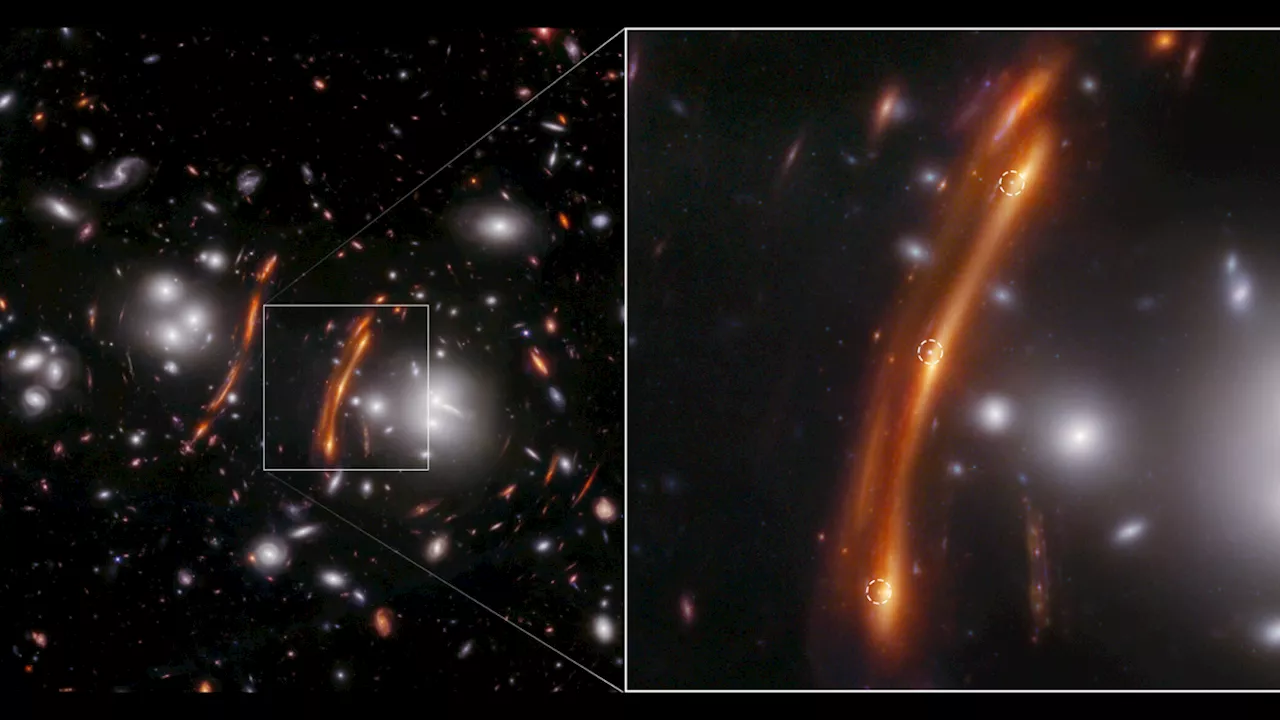 James Webb Space Telescope finds supernova 'Hope' that could finally resolve major astronomy debateRobert Lea is a science journalist in the U.K. whose articles have been published in Physics World, New Scientist, Astronomy Magazine, All About Space, Newsweek and ZME Science. He also writes about science communication for Elsevier and the European Journal of Physics. Rob holds a bachelor of science degree in physics and astronomy from the U.K.
James Webb Space Telescope finds supernova 'Hope' that could finally resolve major astronomy debateRobert Lea is a science journalist in the U.K. whose articles have been published in Physics World, New Scientist, Astronomy Magazine, All About Space, Newsweek and ZME Science. He also writes about science communication for Elsevier and the European Journal of Physics. Rob holds a bachelor of science degree in physics and astronomy from the U.K.
Read more »
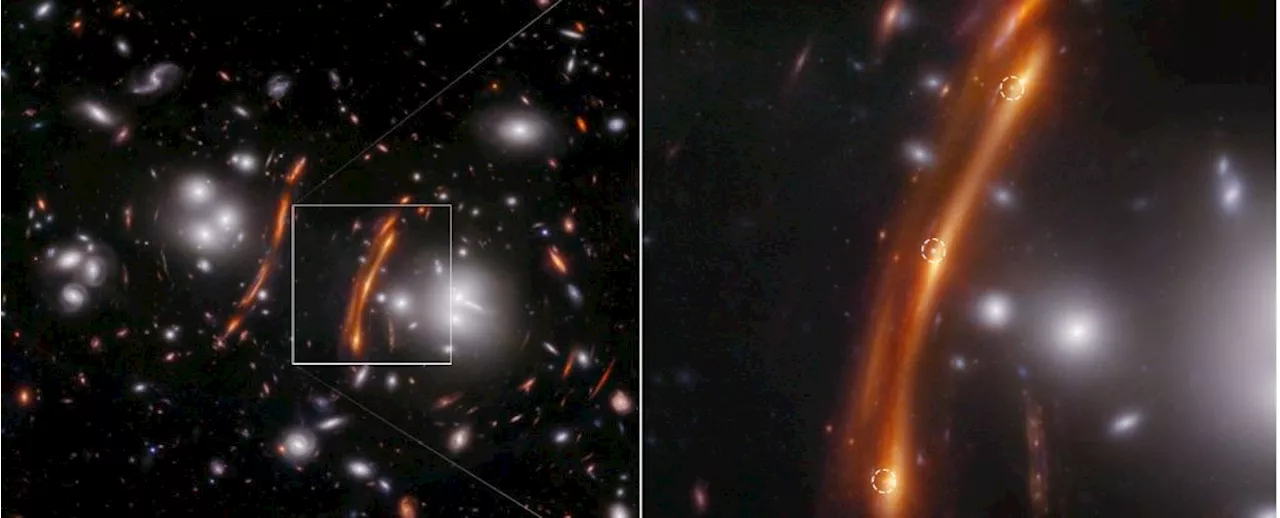 Supernova's Distant Light Sheds New Light on Hubble TensionA newly observed supernova, dubbed H0pe, has provided a new measurement of the Hubble constant (H0), which describes the rate at which the universe is expanding. This measurement, along with others, highlights a persistent discrepancy known as the Hubble tension, where different methods of measuring H0 yield conflicting results.
Supernova's Distant Light Sheds New Light on Hubble TensionA newly observed supernova, dubbed H0pe, has provided a new measurement of the Hubble constant (H0), which describes the rate at which the universe is expanding. This measurement, along with others, highlights a persistent discrepancy known as the Hubble tension, where different methods of measuring H0 yield conflicting results.
Read more »
